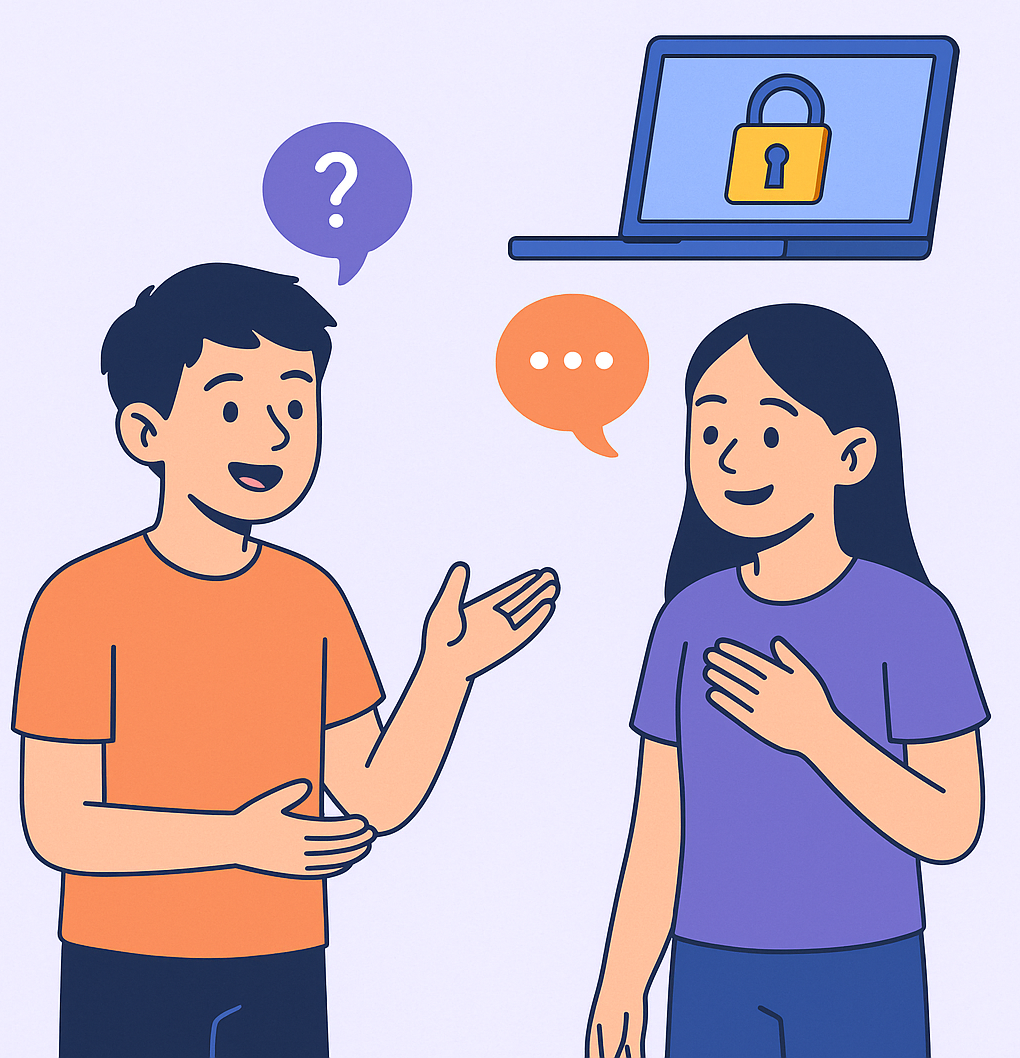In today’s digital age, kids are spending more time online than ever before, whether it’s for learning, gaming, or socializing. But with that digital freedom comes new risks, and one of the most concerning is cyberbullying. As a parent or caregiver, it’s essential to talk about this topic without instilling fear or anxiety. Instead, your approach should be honest, supportive, and empowering.
Kids need to understand cyberbullying, not just as a victim but as a potential bystander or even unintentionally participating. The goal isn’t to frighten them, but to help them recognize what it is, how to respond, and how to seek help safely.
5 Easy Tips to Talk to Your Kids About Cyberbullying:
1. Start the Conversation Early and Keep It Age-Appropriate
Use simple language and examples that suit your child’s age. For younger kids, explain bullying as unkind behavior online. For older children, you can go deeper into the emotional and legal consequences.
2. Focus on Empathy and Kindness
Teach your child to treat others online the same way they would face-to-face. Share stories (real or fictional) that show the impact of cyberbullying and highlight the power of kindness.
3. Normalize Talking About Online Experiences
Make digital talk part of your everyday routine. Ask questions like, “Did anything weird happen online today?” or “Did you see something online that made you feel uncomfortable?”
4. Empower Them With Tools and Responses
Show them how to block, report, or mute someone who is being hurtful. Role-play different scenarios so they know how to respond if they or a friend is being targeted.
5. Keep the Door Open Without Judgment
Kids are more likely to come to you if they know they won’t get in trouble for telling the truth. Reinforce that your priority is their safety—not punishment.
Your Next Step:
Download our Free Digital Safety Guide for families with conversation starters, tech agreements, and age-specific resources to help you stay ahead of online risks in a positive, supportive way.
Visit DigitalCitizenship.co to access printable tools, expert tips, and more.






